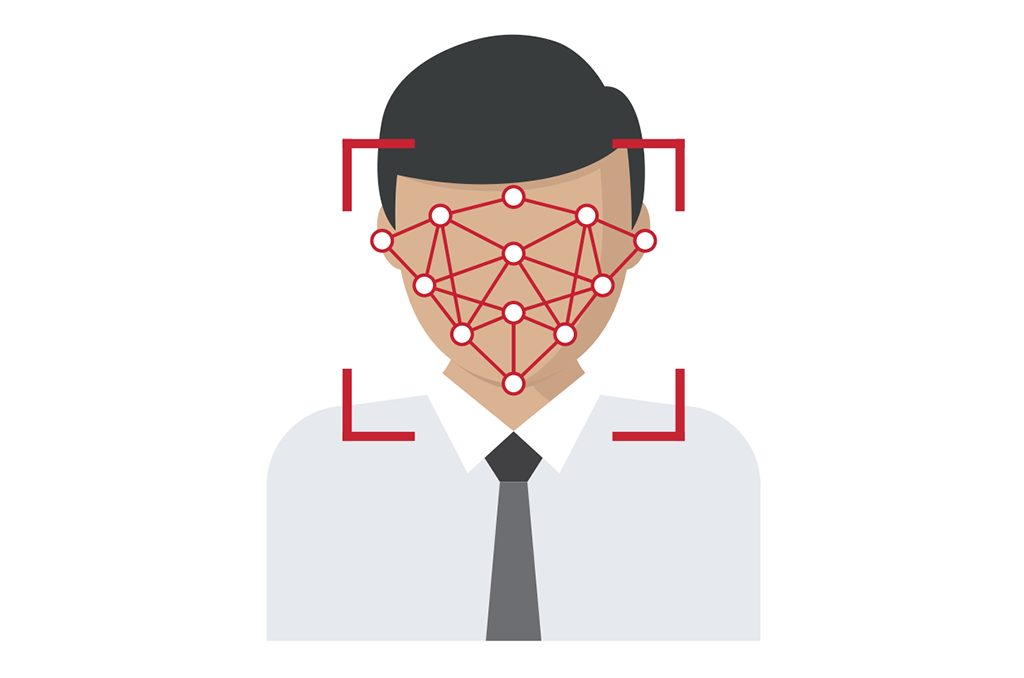
Blog Date: 3/10/2017
Author: Ray Coulombe
CLEAR is a private service offered through a New York company using biometrics to verify identity—you might have seen it on your most recent flight out of town. The service has debuted in a number of cities around the United States (Dallas, Denver, Las Vegas, Seattle, Houston, and more), but most recently appeared at the Minneapolis-St. Paul International Airport in Minnesota. For just $179 travelers can bypass long security lines and go directly to the metal detector machines—in exchange for a retina scan or fingerprint.
Canada is also on the list to receive facial recognition technology during airport check in and traveler screening. Their kiosks are called the Primary Inspection Kiosk (PIK) program and have been in the works since 2015. "The new kiosks will improve border security, as well as assist in reducing wait times and congestion at Canada's busiest airports," a statement from the Canadian Border Service Agency reads.
The kiosks are designed to reduce the number of interviews with border agents at primary inspection, allowing lines to move faster and to save money on the agents’ salaries. Though some people are wary of the machines ability to interpret data better than the humans trained to detect physical traits.
Though David Cohen, CLEAR’s chief administrative officer says the retinal scanner or fingerprint pad can save time and be more predictable. “That means another 30 minutes at home, another business meeting or more time to relax before having to get to the airport,” he says in an interview with the Star Tribune.
The process is simple: After answering questions that go deep into your background (like what address you lived at in 1985) for a few minutes, CLEAR validates your driver’s license, passport, or military ID, collects all your fingerprints, performs an iris scan, and takes a high-resolution facial photo. The company claims they have 1 million members nationwide and are growing rapidly.
While the positives are CLEAR, some perceive that there’s still risk. Behind the scenes, passenger data is passed through algorithms and databases to decide who passes and who fails. If the software isn’t carefully created, bias can be written into the algorithm. Katina Michael, a biometrics expert at the University of Wollongong, says the technology could threaten privacy and raises ethical concerns. “We are steam-training right through all of these technological transitions and we’re not really thinking about the ramifications,” she said in an interview with the Guardian. “I see the perceived benefit, but what I do know is that there will be real costs, human costs, not only through the loss of staff through automation, but also through discrimination of people who may appear different.”
While a healthy dose of skepticism is always good, I really don’t see this technology being used for profiling purposes. First, why would a fingerprint or iris scan be more useful than a photo? Second, the construction and safeguards behind good biometric techniques should mitigate this concern.